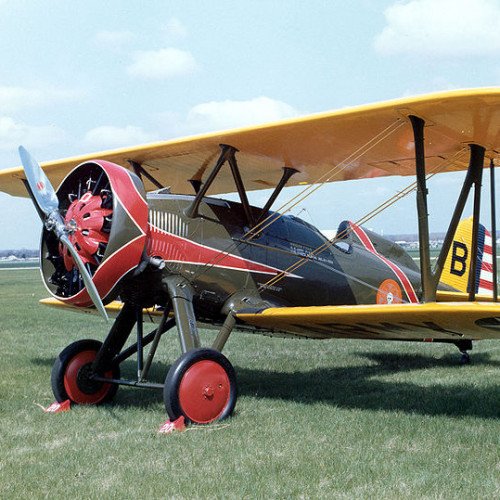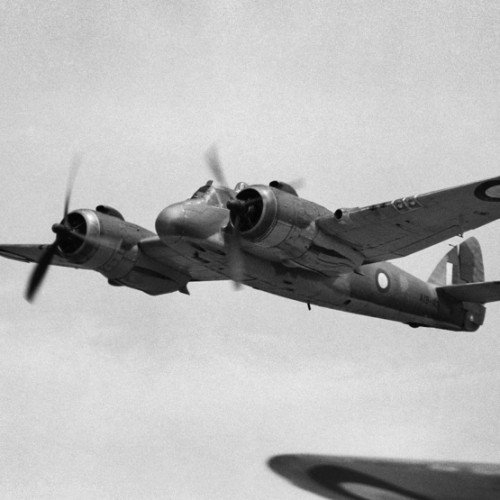Boeing P-12 vs Bristol Beaufighter

Boeing P-12
The Boeing P-12/F4B was an American pursuit aircraft that was operated by the United States Army Air Corps and United States Navy.
Statistics for this Xoptio

Bristol Beaufighter
The Bristol Type 156 Beaufighter (often called the Beau) was a multi-role aircraft developed during the Second World War by the Bristol Aeroplane Company in the UK. It was originally conceived as a heavy fighter variant of the Bristol Beaufort torpedo bomber. The Beaufighter proved to be an effective night fighter, which came into service with the Royal Air Force (RAF) during the Battle of Britain, its large size allowing it to carry heavy armament and early airborne interception radar without major performance penalties. The Beaufighter was used in many roles; receiving the nicknames Rockbeau for its use as a rocket-armed ground attack aircraft and Torbeau as a torpedo bomber against Axis shipping, in which it replaced the Beaufort. In later operations, it served mainly as a maritime strike/ground attack aircraft, RAF Coastal Command having operated the largest number of Beaufighters amongst all other commands at one point. The Royal Australian Air Force (RAAF) also made extensive use of the type as an anti-shipping aircraft, such as during the Battle of the Bismarck Sea. The Beaufighter saw extensive service during the war with the RAF (59 squadrons), Fleet Air Arm (15 squadrons), RAAF (seven squadrons), Royal Canadian Air Force (four squadrons), United States Army Air Forces (four squadrons), Royal New Zealand Air Force (two squadrons), South African Air Force (two squadrons) and Polskie Siły Powietrzne (Free Polish Air Force; one squadron). Variants of the Beaufighter were manufactured in Australia by the Department of Aircraft Production (DAP); such aircraft are sometimes referred to by the name DAP Beaufighter.